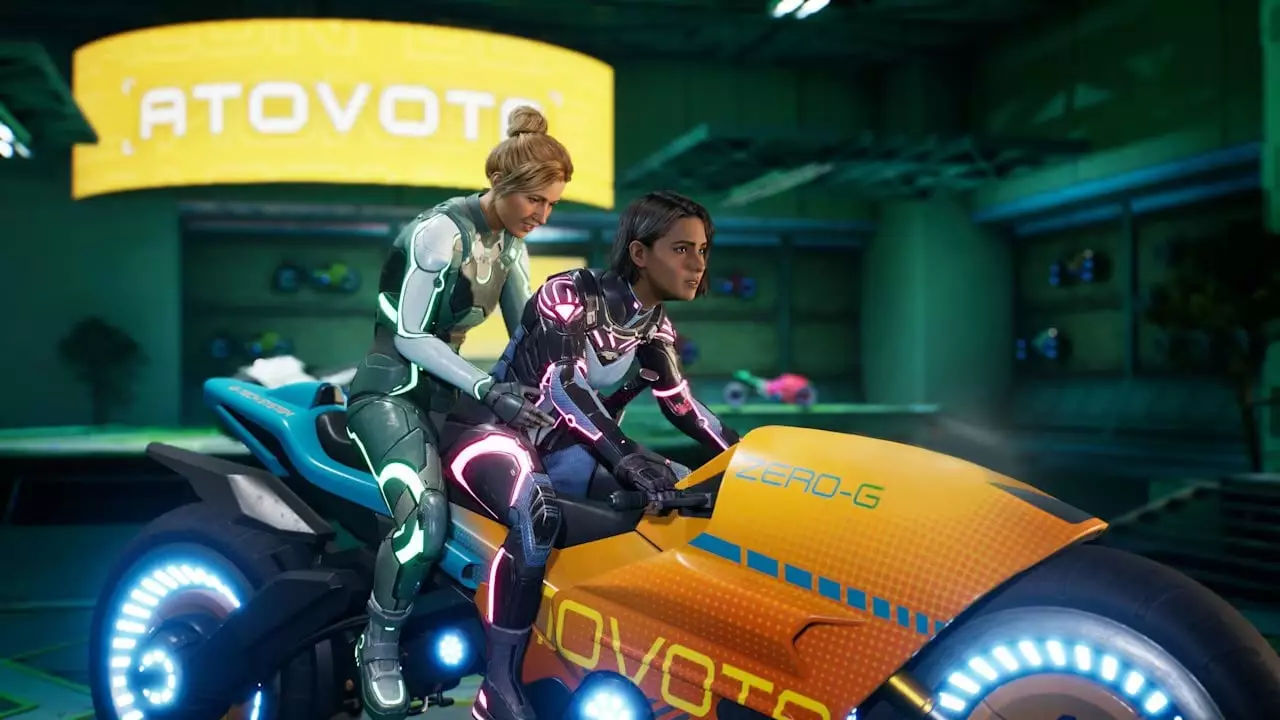EA has made waves in the gaming community with the announcement of Split Fiction for the Nintendo Switch 2, particularly with the introduction of the GameShare feature. This feature not only promises to enhance local multiplayer experiences but also paves the way for broader opportunities across different Nintendo platforms. The inclusion of such innovative functionality signals a shift in how game distribution could be approached, inviting speculation on future gaming collaborations.
GameShare: Breaking Down the Barriers
The concept of GameShare offers an intriguing twist on traditional multiplayer gaming, allowing one Nintendo Switch 2 owner to invite another player to join their game via local wireless connection. What makes this feature remarkable is its inclusivity; it extends beyond Switch 2 owners, permitting connections with players who own the original Switch. This expanded access could ignite a resurgence of multiplayer interaction, and potentially reignite interest in the original Switch as a viable gaming platform, especially for those gamers who may not be ready to upgrade.
Nintendo’s description of GameShare as reminiscent of the Download Play feature from older consoles suggests a nostalgia-laden approach that pays homage to the past while stepping boldly into the future. The notion that players can jump into a game without the need for multiple copies removes a significant barrier for casual gamers who may be deterred by costs. By facilitating a more communal gaming experience, Nintendo seems committed to fostering a deeper network of connectivity among its followers.
Enhanced Multiplayer Dynamics with GameChat
In addition to GameShare, the integration of GameChat enhances the social aspect further. Designed for the Switch 2, this feature complements gameplay, allowing players to communicate seamlessly while engaging in adventures together. However, there are some restrictions; only Switch 2 systems are designed to share games, while original Switch consoles receive compatible titles. This setup can foster unique social dynamics, encouraging players to either upgrade or adopt a more engaging interaction style with friends who may not have the latest hardware.
What stands out in these advancements is how they reflect a growing trend in the gaming industry towards inclusivity and community building. The emphasis on streaming technology to facilitate these features speaks to a forward-thinking approach that is likely to resonate with younger audiences raised on seamless online experiences.
The Future of Cooperative Gaming
EA’s incorporation of Hazelight’s Friend’s Pass in Split Fiction is another exciting element that showcases a collaborative spirit. This feature allows two players to embark on their journey online using just one copy of the game, making it not only economically savvy but also incredibly inviting. This model could potentially redefine the standards for multiplayer engagements, as it champions the idea of shared experiences while layering additional dimensions to cooperative gameplay.
Furthermore, crossplay support opens doors to a world of possibilities, granting Switch 2 players the opportunity to connect with others across various platforms. This could lead to a larger community pool, helping to recast the landscape of multiplayer gaming by promoting friendships forged through shared struggles and victories within games like Split Fiction.
EA’s strategies surrounding Split Fiction and its groundbreaking features reflect a significant change in the gaming paradigm. With approaches like GameShare, GameChat, and the Friend’s Pass, the company is not just selling a game; it is cultivating an ecosystem that values community, connection, and innovation.

